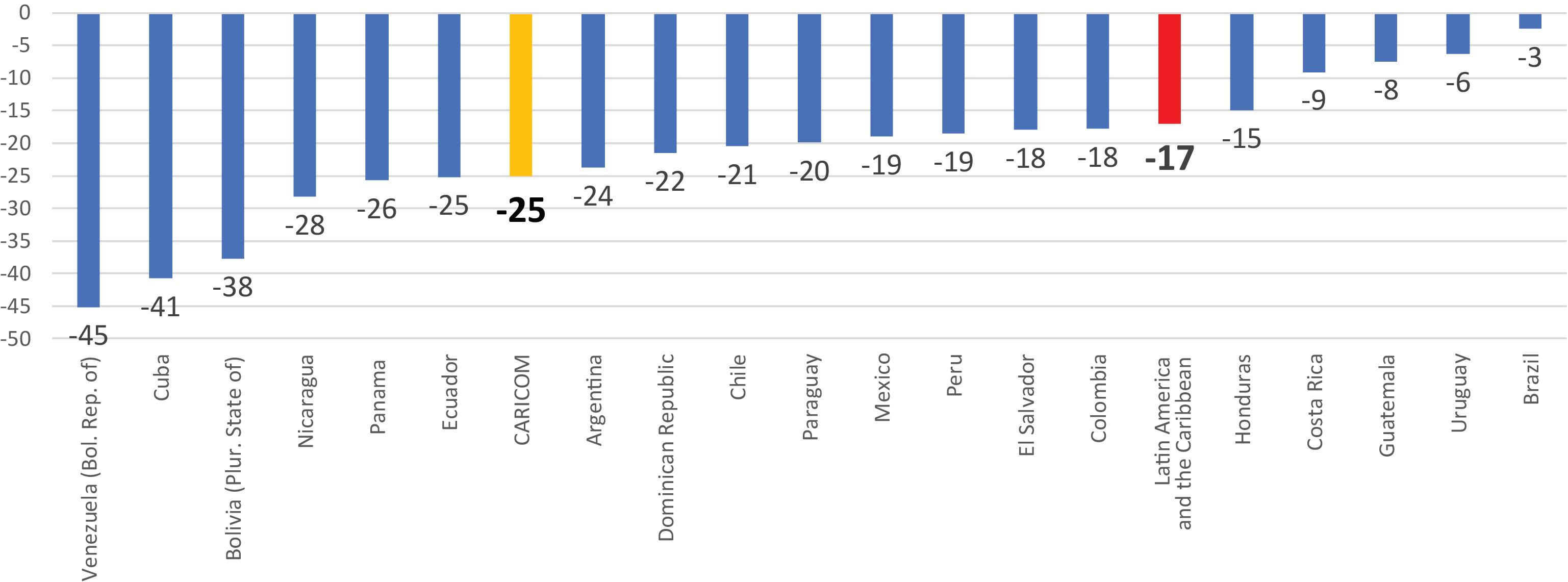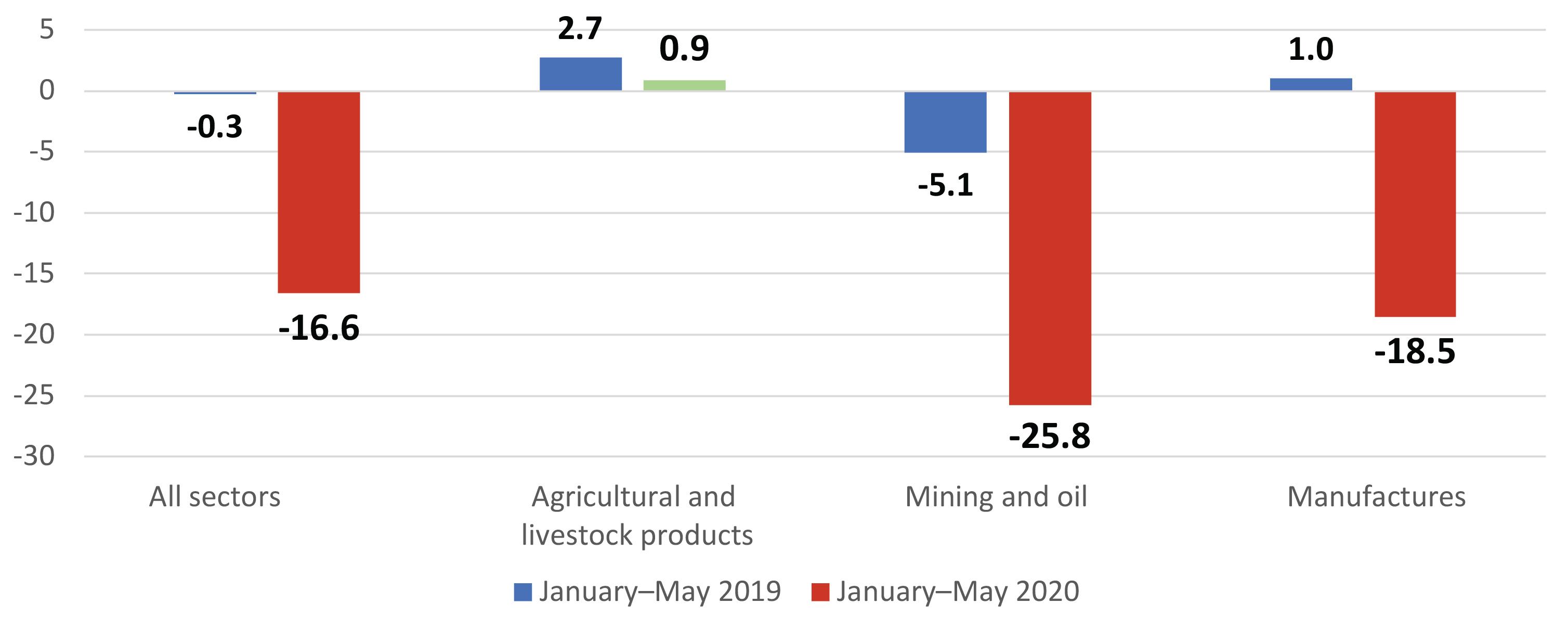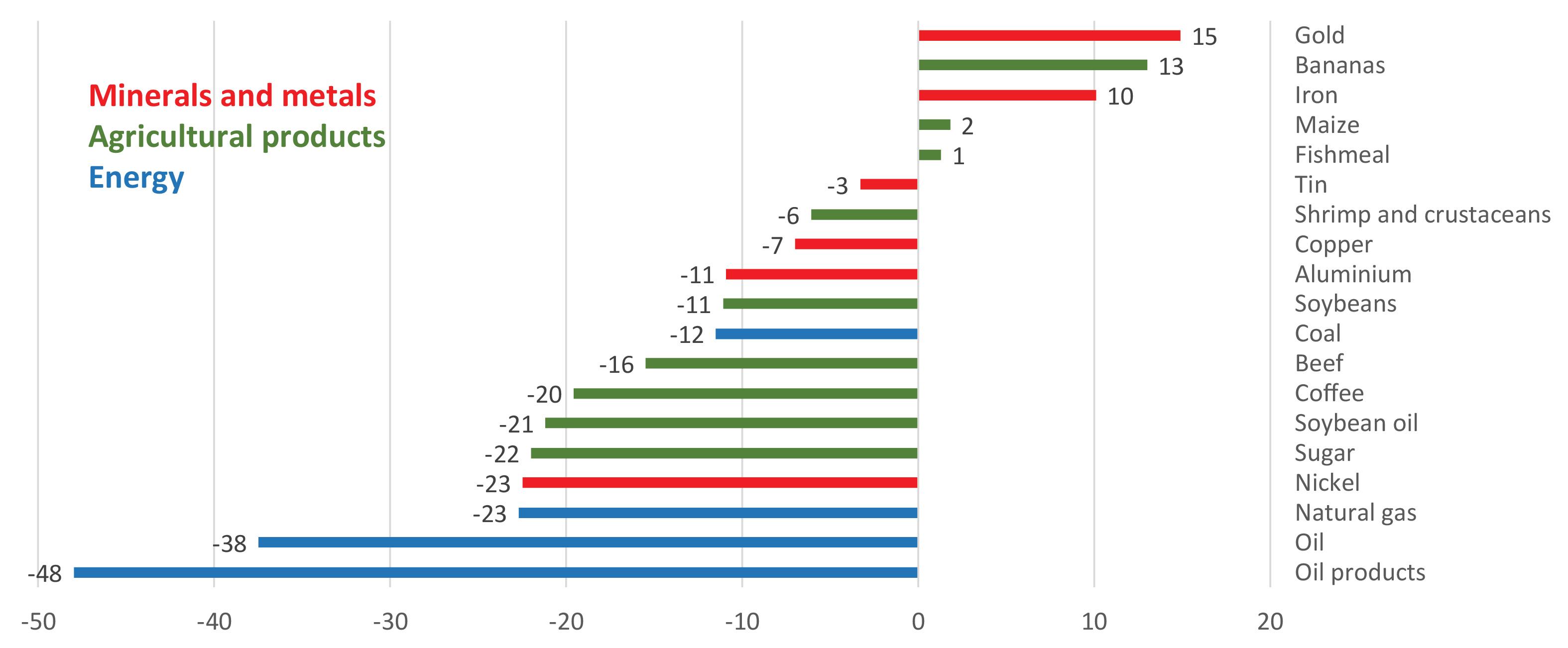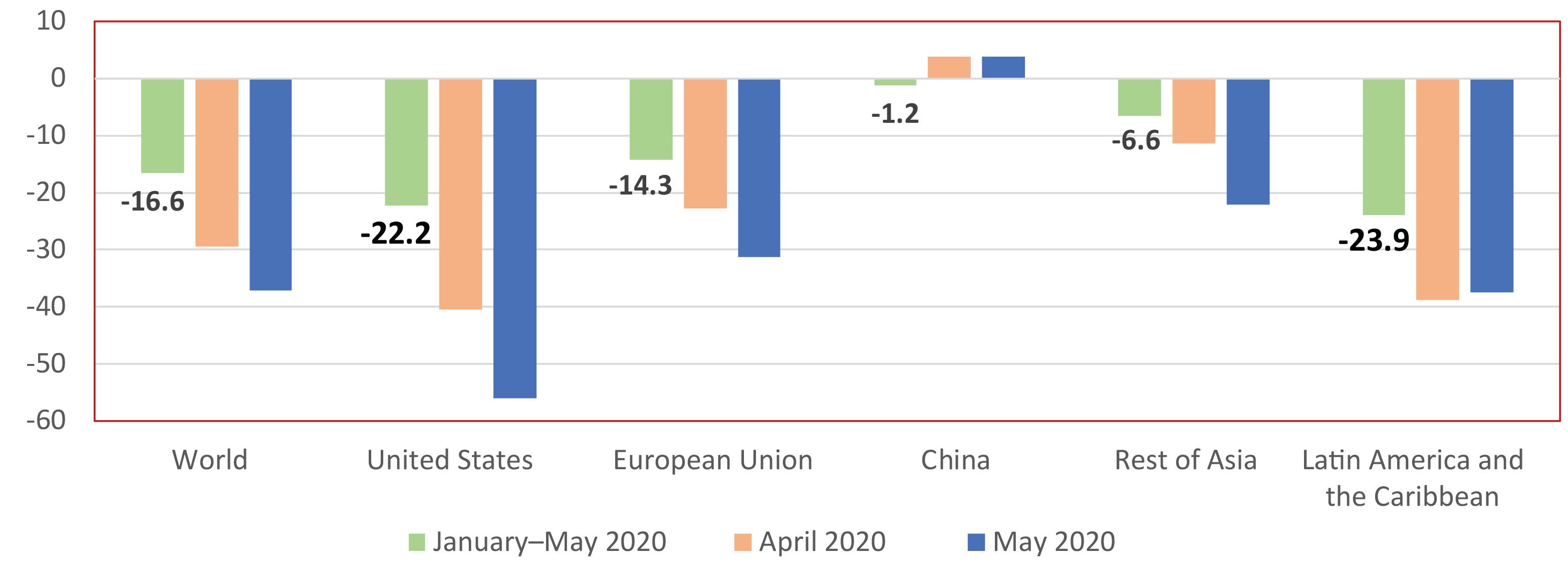
2 minute read
a quarter
from The effects of the coronavirus disease (COVID-19) pandemic on international trade and logistics
In the post-pandemic era, production and trade are likely to become more regionalized
o Reinforcement of two trends that were already taking shape: • Less interdependence in production, trade and technology between the United States and Europe, on one hand, and between the United States and China, on the other. • Trade that is less open, more influenced by geopolitical and national security considerations, with more frequent disputes and a weakened
Advertisement
World Trade Organization (WTO). o Outcome: a more regionalized world economy. o Greater pressure for more autonomy in production: reshoring, nearshoring. o Several mega deals are moving in this direction: • USMCA in North America, the Regional Comprehensive Economic Partnership (RCEP) in the Asia-Pacific region and the Agreement Establishing the African Continental
Free Trade Area (AfCFTA)
o By contrast, regional integration in Latin America and the Caribbean remains fragmented
and the weight of intraregional trade has decreased from 21% in 2008 to less than 13% in 2020.
Our proposals
Reduce business costs and promote more efficient, smooth and secure logistics
Review regulations and investment patterns to adapt them to a post-COVID-19 world and boost job creation:
Redesign investment strategies to promote resilient, efficient and sustainable works that foster connectivity and climate change adaptation and mitigation. Promote the interoperability of services through regulations and the innovative use of combined means of transport that are more efficient and with fewer negative externalities. Strengthen regional integration with trade facilitation actions and coordinated investments that promote employment and productive transformation. Foster logistics intelligence by using ITCs to improve decision-making and to facilitate a more expeditious, competitive, secure and sustainable business flow.
The region is moving in the opposite direction to the rest of the world
Loss of industrial capacities, owing to the severe contraction in: • manufactures exports • imports of capital goods and intermediate inputs. The collapse in intraregional trade has hit manufactures exports and SMEs particularly hard Productive capacities are being lost that are difficult to recover The result: the reprimarization of exports is intensified, with fewer jobs, worse environmental degradation and greater inequality





